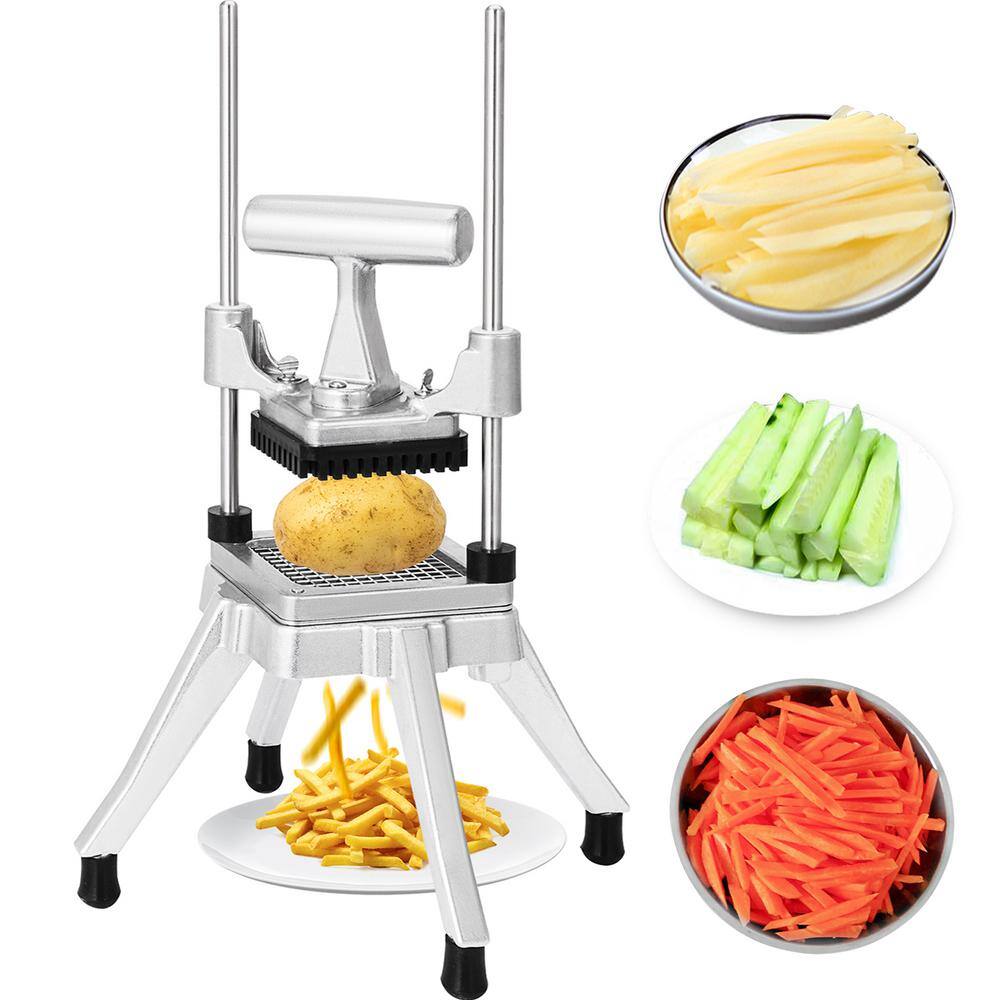


These bōsōzoku groups sometimes ride without motorcycle helmets (which in Japan is illegal), also engage in dangerous or reckless driving, such as weaving in traffic, and running red lights. The word bōsōzoku is also applied to motorcycle subculture with an interest in motorcycle customizing, often illegal, and making noise by removing the mufflers on their vehicles so that more noise is produced. They would also often be accompanied by rounded sunglasses and tasuki sashes. They were often worn open in the front, with bandage wrappings around their waist. They were seen as a status symbol to many, symbolizing both their pride in themselves and their strength. Tokkō-fuku were often embroidered with various slogans and large, intricate designs.
#Crazy choppers in japan manual
This includes a pompadour style haircut, tokkō-fuku uniforms, which were often modified and embroidered jumpsuits, inspired by those worn by manual laborers during the WWII era, baggy pants and military boots. They are known for their style that heavily mimics greaser culture within the United States. Traits īōsōzoku are usually between the ages of 16 and 20 years old. In 2013, the National Police Agency re-classified bōsōzoku biker gangs as "pseudo- yakuza" organizations. By 2015, there were only a reported 6,771 active bōsōzoku throughout Japan. Aichi prefecture was reported to have the highest number of riders, followed by Tokyo, Osaka, Ibaraki and Fukuoka. As of 2010, police reported that the new trend among bōsōzoku was to ride together in much smaller groups and to ride scooters instead of heavily modified motorcycles. With increased arrests and prosecutions, bōsōzoku participation rapidly went into decline. In 2004, the Japanese government passed a revised road traffic law which gave the police more power to arrest bikers riding recklessly in groups. It is reported that, by the 1990s there were around 28,000 bōsōzoku sprinkled throughout the country. Numbers slowly began to decline following the 1980s peak. This made bōsōzoku the prevailing form of youth delinquency within Japan. Participation in the gangs peaked at 42,510 members in 1982. The bikers would sometimes smash the cars and threaten or beat up any motorists or bystanders who got in the way or expressed disapproval of the bikers' behavior. New Year's Eve was a popular occasion for the massed rides. The motorcyclists would run toll booths without stopping and would ignore police attempts to detain them. In the 1980s and 1990s, bōsōzoku would often embark on massed rides, in which up to 100 bikers would cruise together slowly en masse down an expressway or major highway. The term bōsōzoku was not actually created by these biker groups, but was eventually widely adopted and used by these various groups. This was a period of time characterized by actual riots between police and many of these youth groups. The 1970s were when the term of bōsōzoku first truly began to emerge. Eventually, these youngsters took over the identity, becoming the foundation for the modern bōsōzoku. Many younger individuals began to see this style of life as very appealing, especially marginalized individuals looking for change. These early bōsōzoku took inspiration from American greaser culture and imported Western films bōsōzoku became known for its many similarities to old American biker culture. Many veterans faced difficulty readjusting to society after the war, and some turned to custom car making and gang-like activities on city streets to gain an adrenaline fix. The disobedient subculture originated in the 1950's when the young kamikaze pilots came back from World War II. īōsōzoku first started as groups of returning World War II veterans. Bōsōzoku styles take inspiration from choppers, greasers, and Teddy boys. Bōsōzoku members are known for taking a Japanese road bike and adding modifications such as over-sized fairings, lifted handle bars shifted inwards, large seat backs, extravagant paint jobs, and modified mufflers. Typical accessories to this uniform are hachimaki, surgical masks, and patches displaying the Rising Sun Flag. This uniform became known as the tokkō-fuku ( 特攻服, "special attack clothing") and is often adorned with kanji slogans. īōsōzoku style traditionally involves boilersuits similar to those of manual laborers or leather military jackets with baggy pants, and tall boots. Their numbers dropped dramatically in the 2000s, with fewer than 7,297 members in 2012. Popularity climbed throughout the 1980s and 1990s, peaking at an estimated 42,510 members in 1982. The first appearance of these types of biker gangs was in the 1950s. 'running-out-of-control (as of a vehicle) tribe') is a Japanese youth subculture associated with customized motorcycles.


 0 kommentar(er)
0 kommentar(er)
